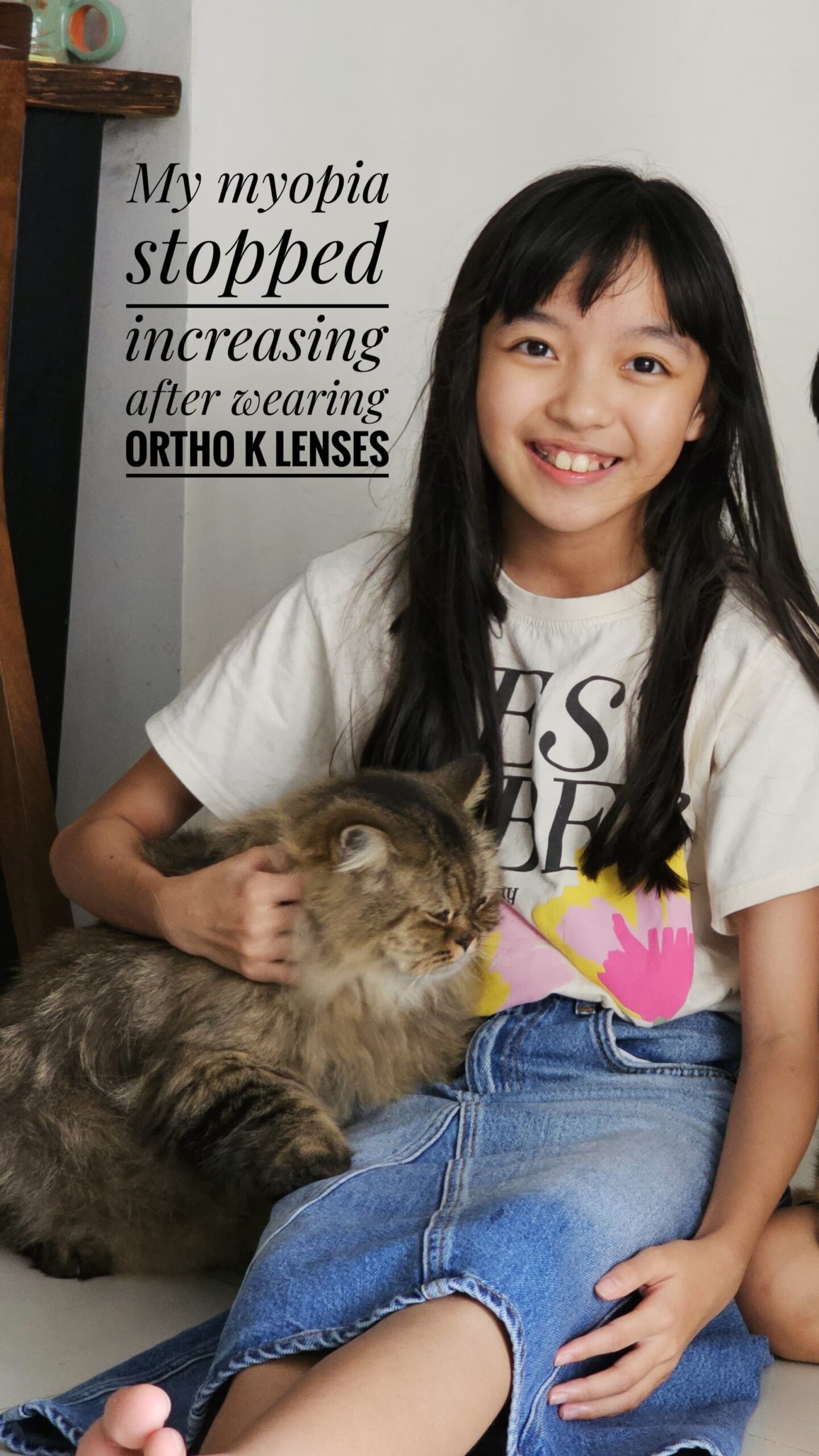There are different methods to control myopia in Singapore. It can be through wearing myopia control spectacle lenses like Essilor Stellest 依视路星趣控 ,Hoya MiYOSMART 豪雅星乐学, ZEISS MyoCare (NEW) or contact lenses like Menicon Bloom Day (NEW), ACUVUE Abiliti 1 Day (NEW), Ortho-K lenses 角膜塑形镜 and/or atropine. In today’s article, we will be doing a comparison between the different myopia control methods.
| Myopia Control lenses | Contact lenses | Pharmaceutical eye drops |
| ZEISS MyoCare (NEW) Zeiss MyoVision Pro Zeiss Myokids Hoya MiYOSMART Essilor Stellest Essilor Myopilux Plus Essilor Myopilux Max | Coopervision Misight Menicon Bloom Day (NEW) ACUVUE Abiliti 1 Day Therapeutic (NEW) Ortho K ( Orthokeratology ) | Atropine |
Among these 3 methods, pharmaceutical eye drops (Atropine) have the highest effectiveness in controlling myopia progression, followed by ortho k lenses (Orthokeratology). A combination of using atropine and ortho K lenses seem to have high efficacy in recent studies.
Myopia Control Spectacle Lenses
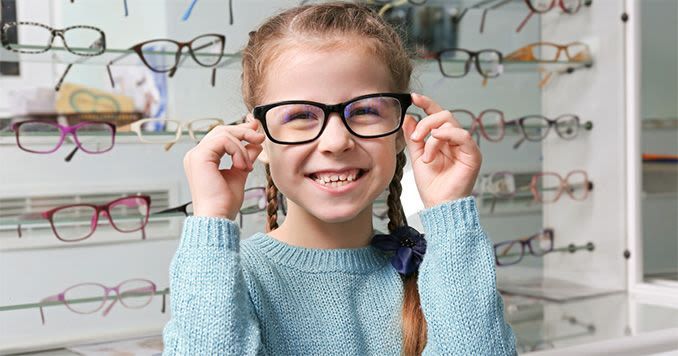
Many parents choose myopia control spectacle lenses over other methods because of its cost which can start from as low as $250. Some parents rationalize that if it doesn’t work, at least they didn’t spend that much. Another reason is that it is a non invasive method, therefore there will be a no risk of eye infection (compared to wearing contact lenses) .
However, the effectiveness varies from 30%-59% with different myopia control lenses. Hoya MiYOSMART and Essilor Stellest currently has the highest efficacy at about 60%. In order for the lenses to work, your child will need to wear them as often as possible. This means bearing the weight of their spectacle even during sports, high impact activities and water activities. Appropriate frames are also needed so that lenses sit properly.
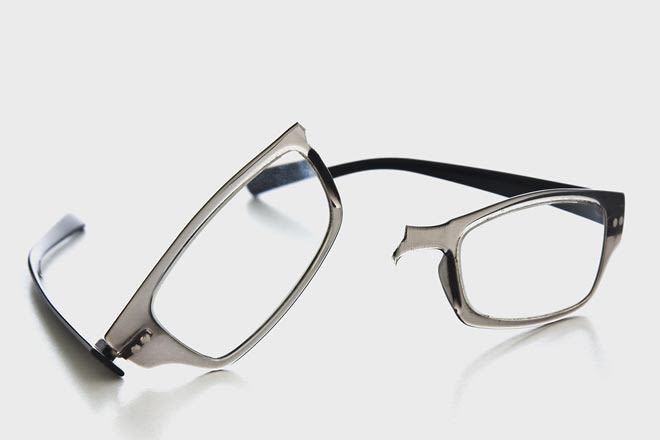
In addition, the frame can also block your child’s field of vision and more head movement is needed. This can result in slower reaction time during sports. Most importantly, there is a possibility of your child getting injured from damaged frame or lenses during sports or high impact activities such as basketball or soccer.
Just last month, we had a young girl who purchased MiYOSMART lenses. A week later, she showed up with a big bruise on her right eye. Her parents mentioned that she banged her face onto a glass door and her eyebrow got stuck between the lenses and the frame. They had to visit the hospital and receive treatment. Fortunately, there were no serious injuries as Hoya MiYOSMART lenses are made of shatter proof material. Otherwise she could have become blind.
MiYOSMART VS Ortho K in Singapore
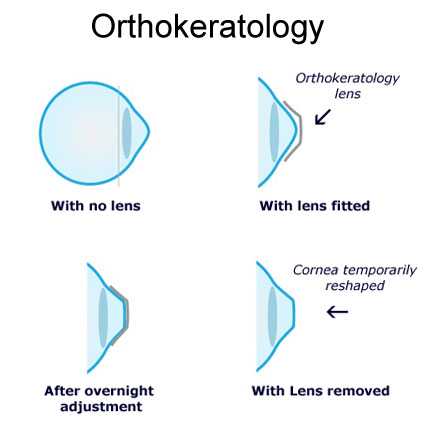
For children who are active and do not like to wear spectacle, Ortho K lenses will be a good choice. It’s effectiveness can be up to 60% which is similar to MiYOSMART or Stellest. With cost ranging from $1600 per year, your child will not need to bear the weight of the spectacle throughout the day and will be able to have a wider field of vision as compared to wearing spectacles with MiYOSMART or Stellest.
They will be able to enjoy their daily activities more. Not needing to worry about their lenses fogging up during sports, water stains on lenses during water activities, spectacle sliding down or getting injuried from the spectacles.
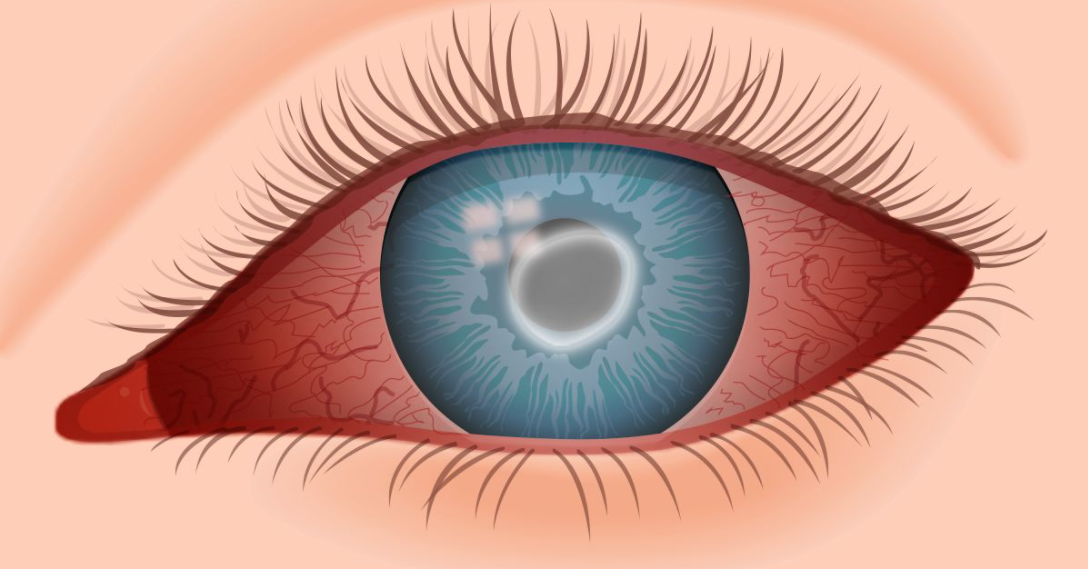
Wearing contact lenses can bring a higher risk of eye infection for your child.
However, the risk can be lowered by having good hygiene and proper maintenance of the lens.
We do encounter parents who wish to change their child from a spectacle wearer to contact lens wearer or their child is interested in contact lenses because of the convenience that contact lenses can bring.
2 months ago, a young boy was brought to our practice by his parents for an eye check. After communicating, we found that both parent and their child is interested in controlling myopia and contact lenses. We recommended Ortho K lenses and they quickly accepted the proposal. In our follow-up sessions, we are pleased to know that they are satisfied with this treatment.
Ortho K lenses cost in Singapore
Ortho K treatment in Singapore typically cost from $1600 to as high as $2800 depending on the complexity of the case and the type of lenses used. The cost covers the consultation and follow up visits for 12 to 18 months. Lenses needs to be changed after 12 to 18 months for hygiene purposes . Typical ortho k lens brands in Singapore include Menicon , Euclid and Ocuvid .
MiYOSMART VS Atropine
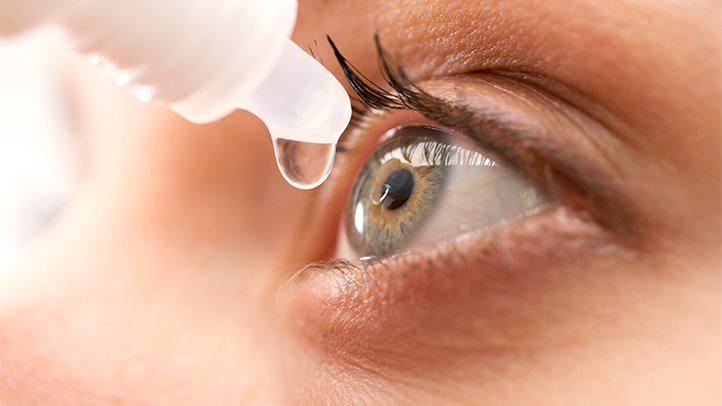
Atropine is a pharmaceutical eye drop commonly used to control myopia progression. The cost of atropine might vary across different practices ranging from $30 per bottle which can last a month. Cost of consultation with an eye specialist can be from $120 to $150. Total would be at least $1000 per year.
It’s effectiveness ranges from 27% to 66% which is the deemed to be the most effective methods among all. Despite its high effectiveness, some parents are still concerned about the long term systemic side effects of atropine. On the other hand, MiYOSMART and Stellest are non-invasive methods with effectiveness about 60% which do not have systemic side effects.
In addition, your child will also experience other side effects during the treatment process such as blurry near vision, sensitive to light, flushes, lack of sweating and more. They might find that words on the textbooks are blurry or the lights are too glaring during their outdoor activities.
Low dose atropine can minimize these side effects. However, if it does not control your child’s myopia progression, the eye doctor might increase the concentration which will lead to the ocular side effects mentioned earlier.

A pair of progressive lenses that turn dark outdoors may be needed if your child experiences blur vision at near and is sensitive to light due to the side effects of atropine. Prices of these progressive lenses can cost at least $300 which can add to the cost mentioned earlier.
Comparison between Different Myopia Control Methods
| Pros | Cons | |
| Myopia Control Spectacle lenses | – Low risk of eye infection | – Needs to put on for effectiveness to take place – Possibility of injuries from damaged spectacle – Not convenient during sports and water activities |
| Myopia Control Soft Contact Lenses | – More convenient during sports and water activities – Wider field of vision | – Higher risk of eye infection – Needs to put on for effectiveness to take place |
| Ortho K | – No visual correction is needed during the day – Wider field of vision – Parents able to monitor insertion and removal of lens | – Lower risk of eye infection compared to soft contact lenses |
| Atropine | – Parents able to monitor instillation of eye drops | – Unknown systemic side effects – Ocular side effects – Still need spectacle |
Most Recommended Myopia Control Method
At Evershine Optical, based on the lifestyle, needs and budget of our patients, we will use either spectacles or ortho K lenses ( orthokeratology ) for myopia management. The method chosen will be determined after going through a thorough consultation.
Why consider Ortho K ( Orthokeratology ) ?
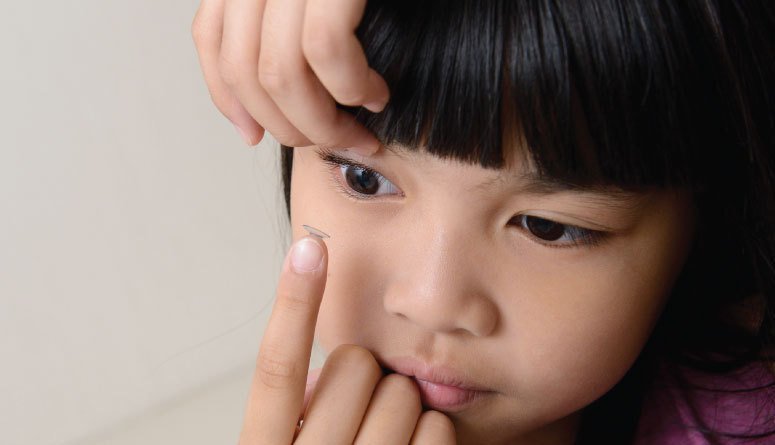
For Ortho K, your child will only need to wear the lenses during their sleep. This allows you to monitor your child’s progress, whether they are wearing the lenses and following the cleaning regimen.
Under Ortho K treatment, your child will not need to wear any form of visual correction during his activities in the day and will still be able to control myopia progression. On the other hand, for Myopia Control Spectacle Lenses or Myopia Control Soft Contact Lenses, when your child stop wearing for various reasons such as for sports activities or changing back to normal single vision lenses after a day wear of myopia control contact lens, the effectiveness will not be as high.
For initial wear, soft contact lens may offer better comfort compared to ortho k lenses. However, most people get used to the sensation of ortho k lenses easily. MiSight will not correct people with astigmatism whereas Ortho K will be able to correct astigmatism up to about 1.50 diopter. Astigmatism as high as -3.50 diopter may also be corrected by Ortho K lenses.
The effectiveness for Ortho K may not be as high as compared to Atropine. However, your child will not experience ocular side effects such as blurry near vision and sensitive to lights which will need photochromic progressive lenses to relieve the symptoms. Most importantly, it is safer and your child will not experience systemic side effects.
Why consider MiYOSMART or Stellest
Ortho k lenses is one of the most effective way to control myopia in the past (actually it still is). However, with the availability of MiYOSMART and Stellest, which are clinically proven to slow down myopia progression by about 60% , we believe MiYOSMART and Stellest could become the standard way to slow down myopia progression. It’s also the cheapest among the most effective myopia control methods.
Update: With the launch of ZEISS MyoCare, we believe that it will join Stellest and MIYOSMART to be the standard way to slow down myopia progression.
Since spectacle is the most common way to correct myopia, Stellest, MIYOSMART and MyoCare (New) should be considered first when your child is first diagnosed with myopia . After a year or 2, ortho K or atropine can be considered if there is a need, or depending on the lifestyle of your child.
Book an appointment with us today or WhatsApp us at +6588461234 to find out how we can control your child’s myopia progression with our myopia management program.
Edited by Winston
Updated on 28 Feb 2024
Myopia Control Lens
Ortho K Promo $1600 nett !
Book an appointment and indicate 1600-OrthoK to enjoy our $1600 Ortho K treatment program. Usual price $2000 to $2400
Includes Gold Standard myopia management package
Want to know more about ortho k ? Visit us for a free consult.
*T&c applies
